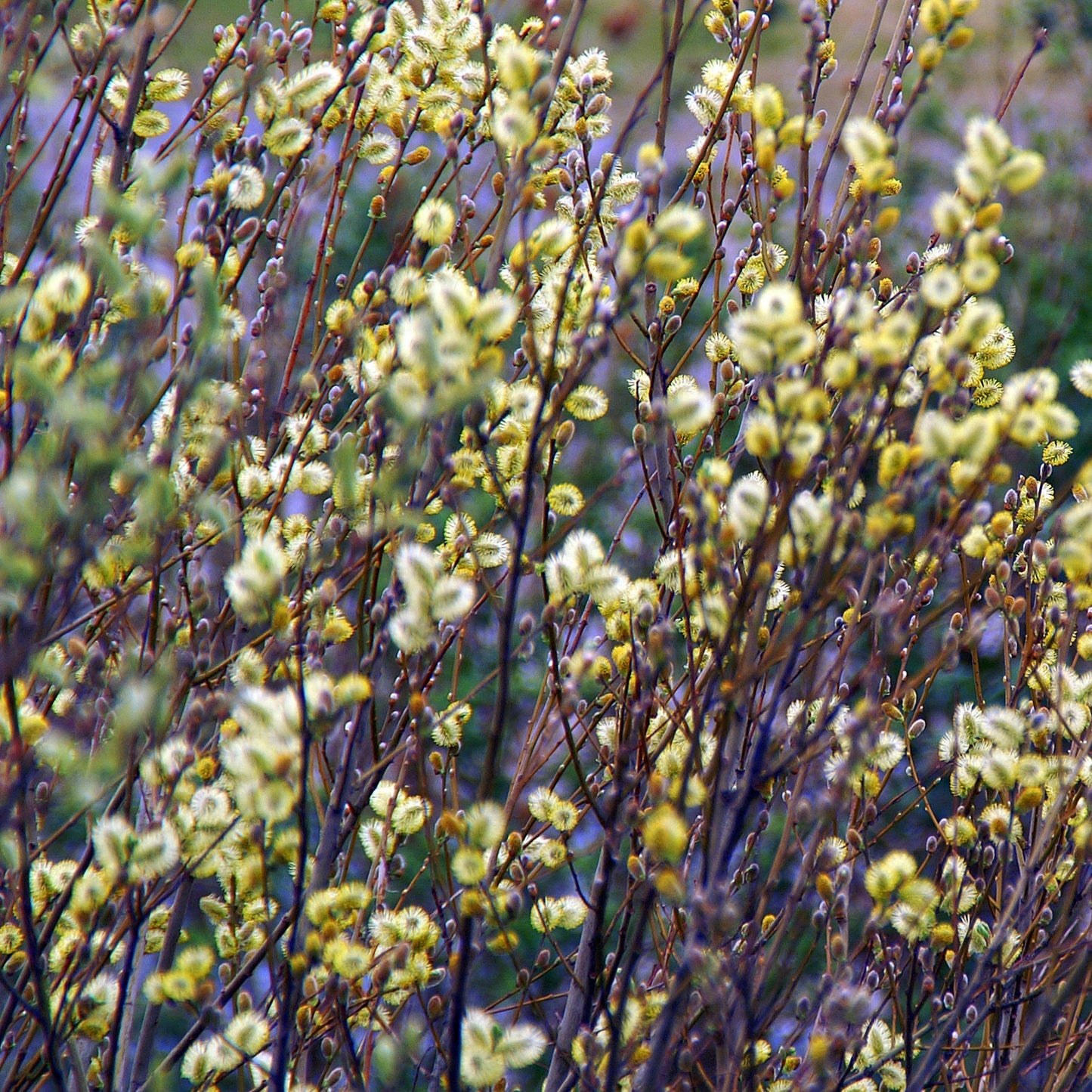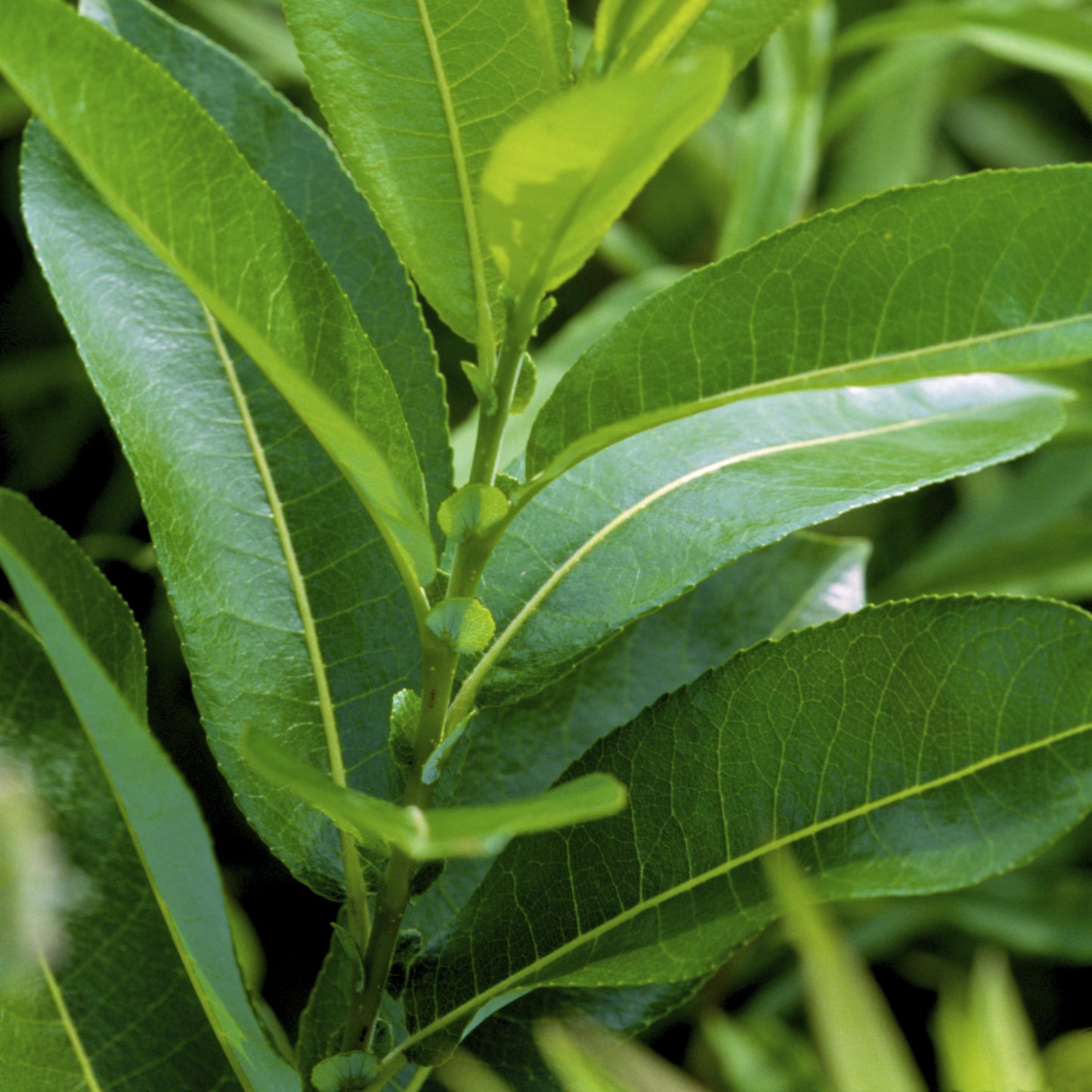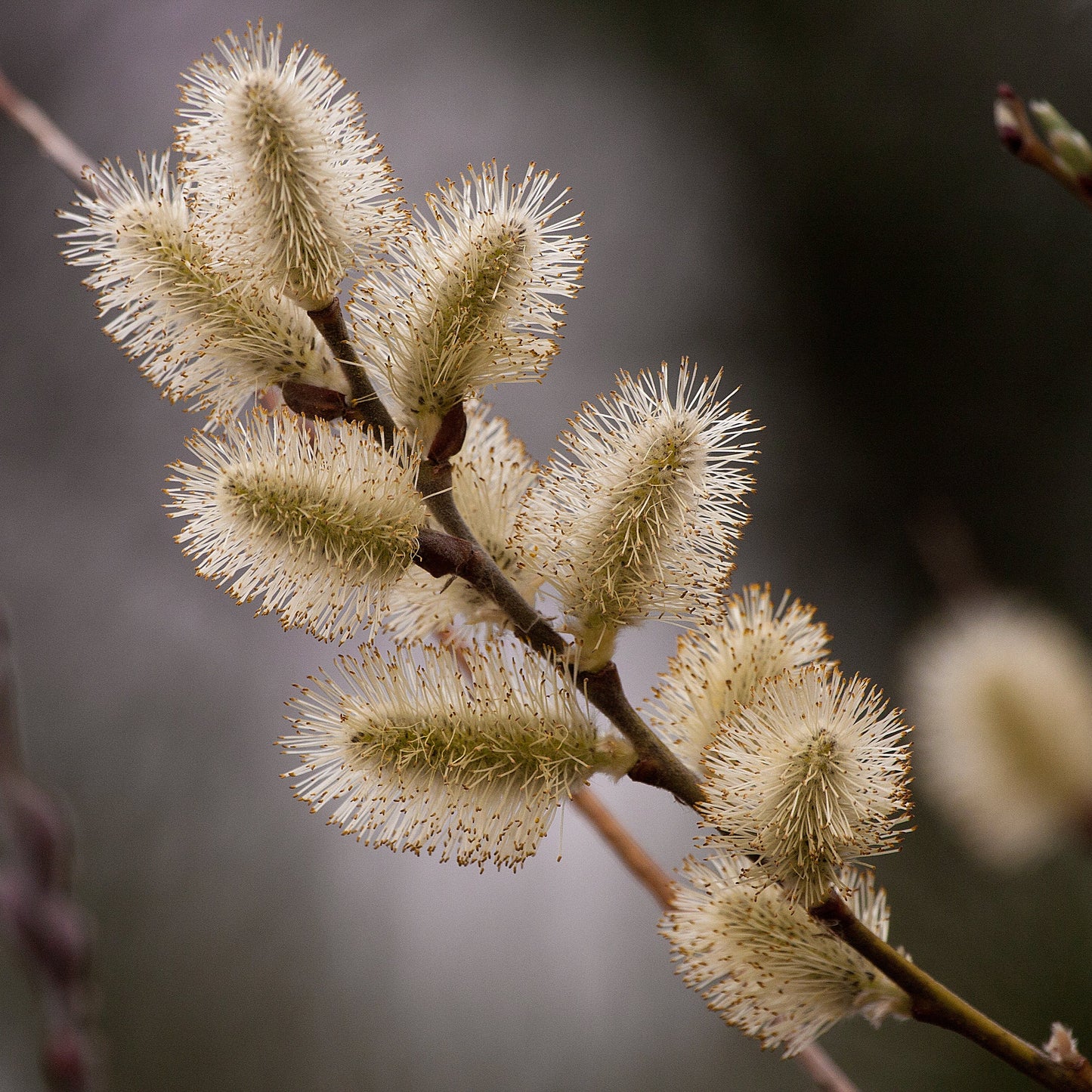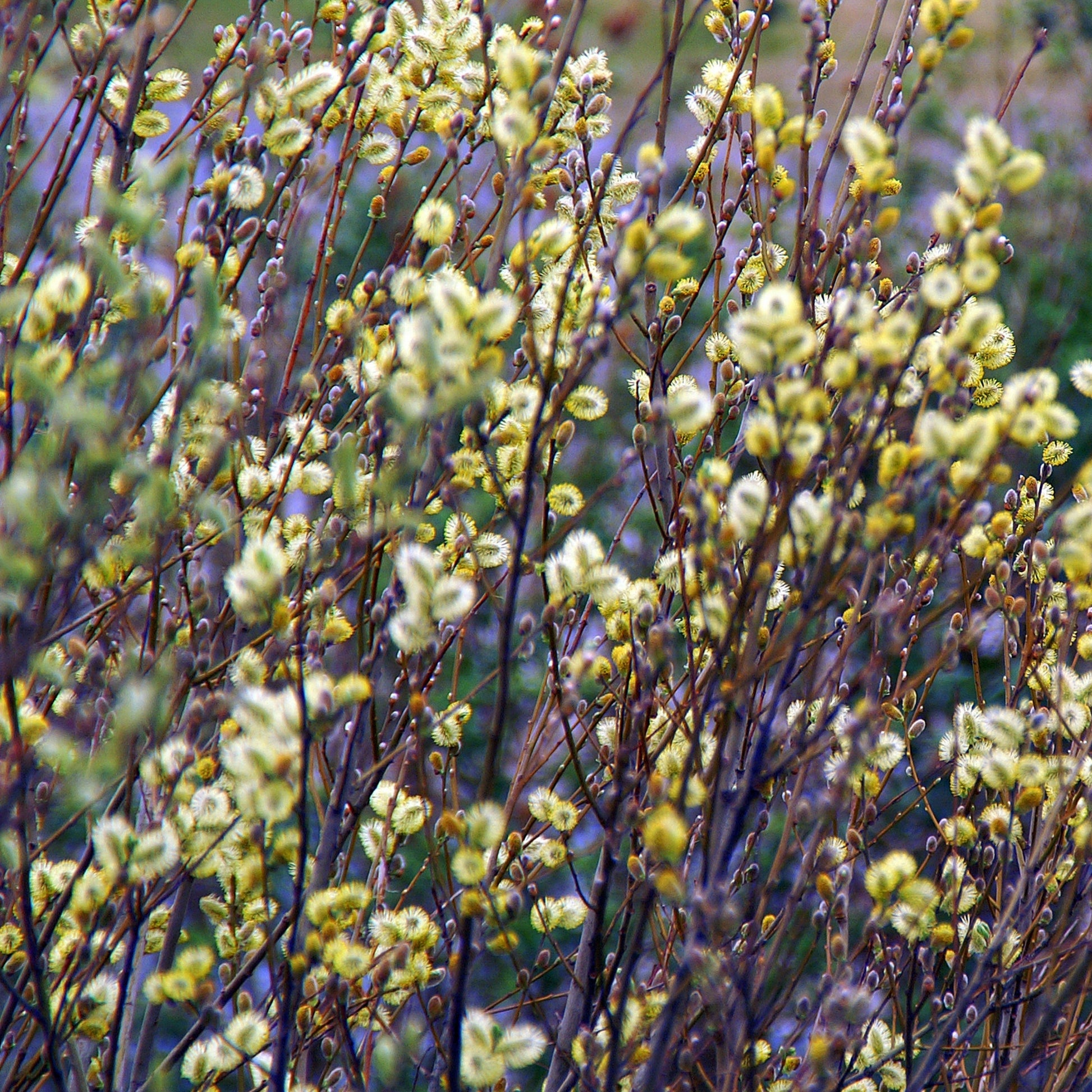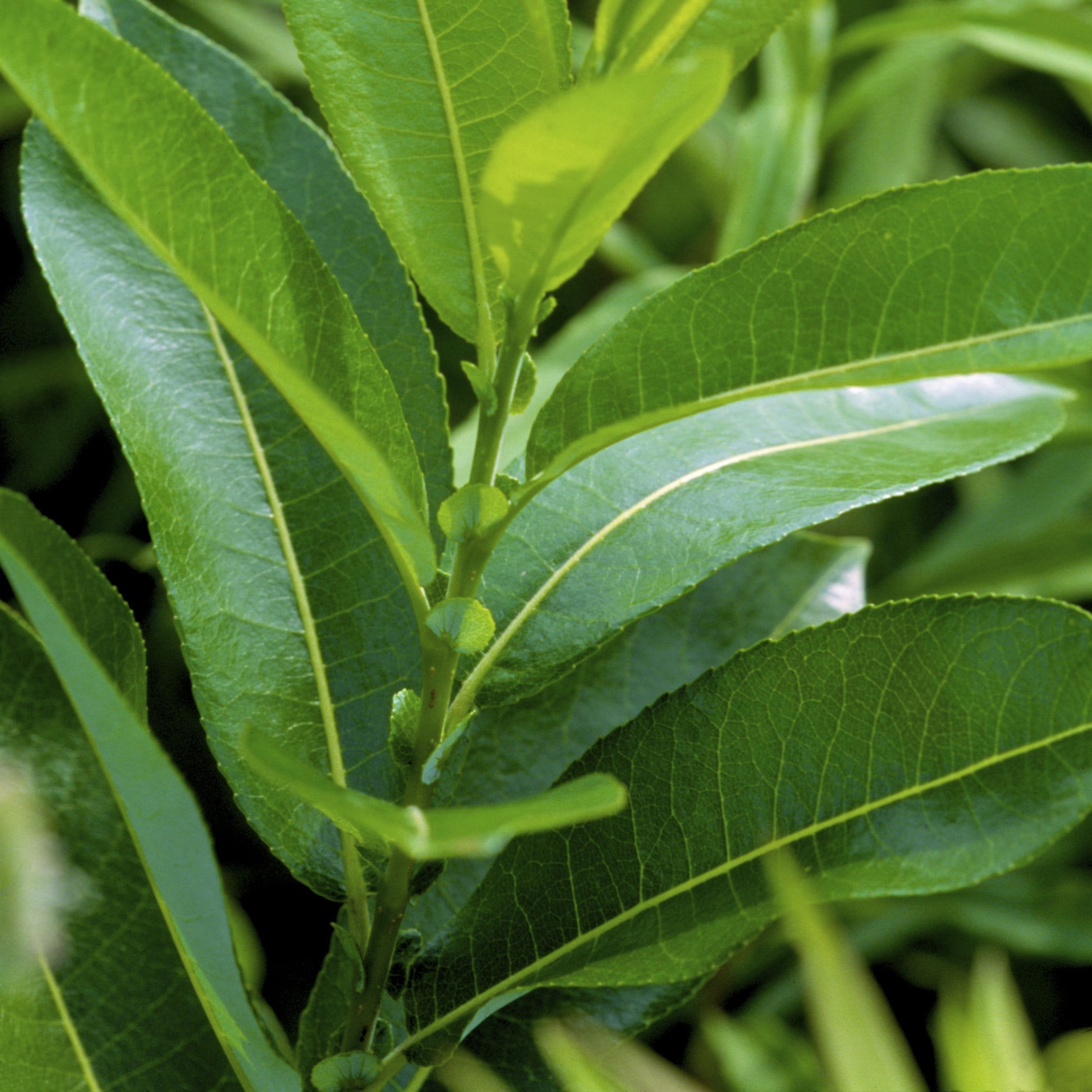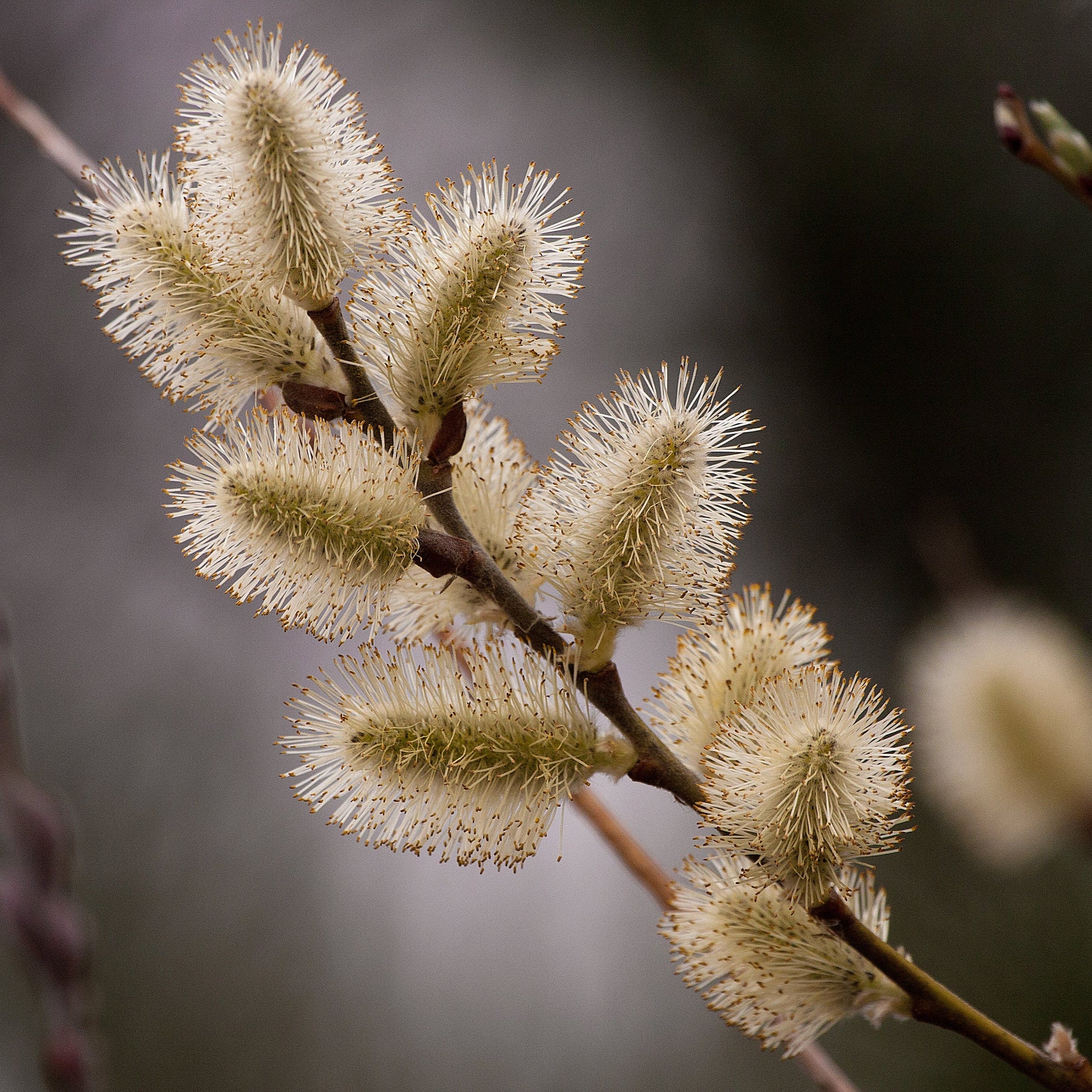Limited Quantities - Reserve Now For Fall
American Willow Tree
American Willow Tree
Couldn't load pickup availability
The Pussy Willow (Salix discolor) is a charming and fast-growing deciduous tree prized for its silvery catkins that signal the earliest signs of spring. Native to North America, this willow variety is both ornamental and ecologically valuable, supporting pollinators, wildlife, and wetlands alike.
Known for its multi-stemmed, upright growth habit and easy adaptability, this bare root variety is ideal for rain gardens, privacy screens, erosion control, or naturalized areas. Whether you're seeking a nostalgic favorite or a pollinator-friendly landscape hero, the Pussy Willow is a springtime standout with year-round purpose.
Pussy Willow
| Attribute | Details |
|---|---|
| Variety | Rooted |
| Botanical Name | Salix discolor |
| Common Names | Pussy Willow, American Willow, Glaucous Willow |
| Mature Height | 6–15 feet (can reach up to 20 ft in ideal conditions) |
| Mature Width | 4–12 feet |
| Growth Rate | Fast (2–4 feet per year) |
| Lifespan | 25–40 years |
| USDA Zones | 4–8 |
| Sun Preference | Full sun to partial shade (best growth in full sun) |
| Soil Type | Moist, well-drained; prefers loamy or clay soils |
| Soil pH | Slightly acidic to neutral (5.5–7.5) |
| Water Needs | Moderate to high; prefers moist conditions |
| Foliage Color | Silvery-gray catkins in spring, green summer foliage |
| Wildlife Attraction | Bees, butterflies, birds, native insects |
| Growth Habit | Multi-stemmed, upright, vase-shaped shrub or small tree |
| Self-Pollinating? | No (dioecious – male and female flowers on separate plants) |
| Spacing | 4–6 feet for hedging; 8–12 feet for stand-alone planting |
| Landscape Uses | Rain gardens, wildlife habitats, wetland borders, screening |
| Maintenance Level | Low to Moderate |
Environmental Benefits
🌼 Early Pollinator Boost – One of the first nectar sources of spring, crucial for awakening bees and butterflies.
💧 Rain Garden Ready – Thrives in soggy soils and helps absorb excess runoff in low-lying areas.
🦋 Wildlife Magnet – Catkins feed pollinators; stems offer cover and nesting habitat for birds.
🌱 Soil Hero – Ideal for erosion control and restoring disturbed areas.
Pros & Cons
| Pros | Cons |
|---|---|
| Iconic early-spring catkins with soft silvery texture | Can spread aggressively via suckers if unmanaged |
| Attracts and supports native pollinators | Shorter lifespan compared to some ornamentals |
| Thrives in moist and wet soil environments | Requires regular water during dry spells |
| Rapid growth ideal for screening or quick coverage | May become leggy without occasional pruning |
| Low maintenance and naturally disease resistant | Not ideal for dry or compacted soils |
Planting & Care Guide
🌊 Soak Roots – Submerge in water for 4–8 hours before planting
🌿 Planting Depth – Plant so crown is level with surface; backfill with moist soil
🌳 Spacing – 4–6 feet for dense planting; 8–12 feet for natural growth
🍂 Mulch – Add 2–3" of mulch around the base to conserve moisture and prevent weeds
💧 Watering – Keep consistently moist, especially in year one
✂️ Pruning – Prune in late winter or early spring to shape or rejuvenate
🌞 Fertilizer – Apply balanced fertilizer in early spring only if needed
The Pussy Willow (Salix discolor is more than a nostalgic springtime favorite—it’s a fast-growing, wildlife-supporting, moisture-loving superstar. Perfect for rain gardens, wetland edges, or simply bringing early beauty to your yard, this native classic deserves a place in every nature-conscious landscape.
Share
